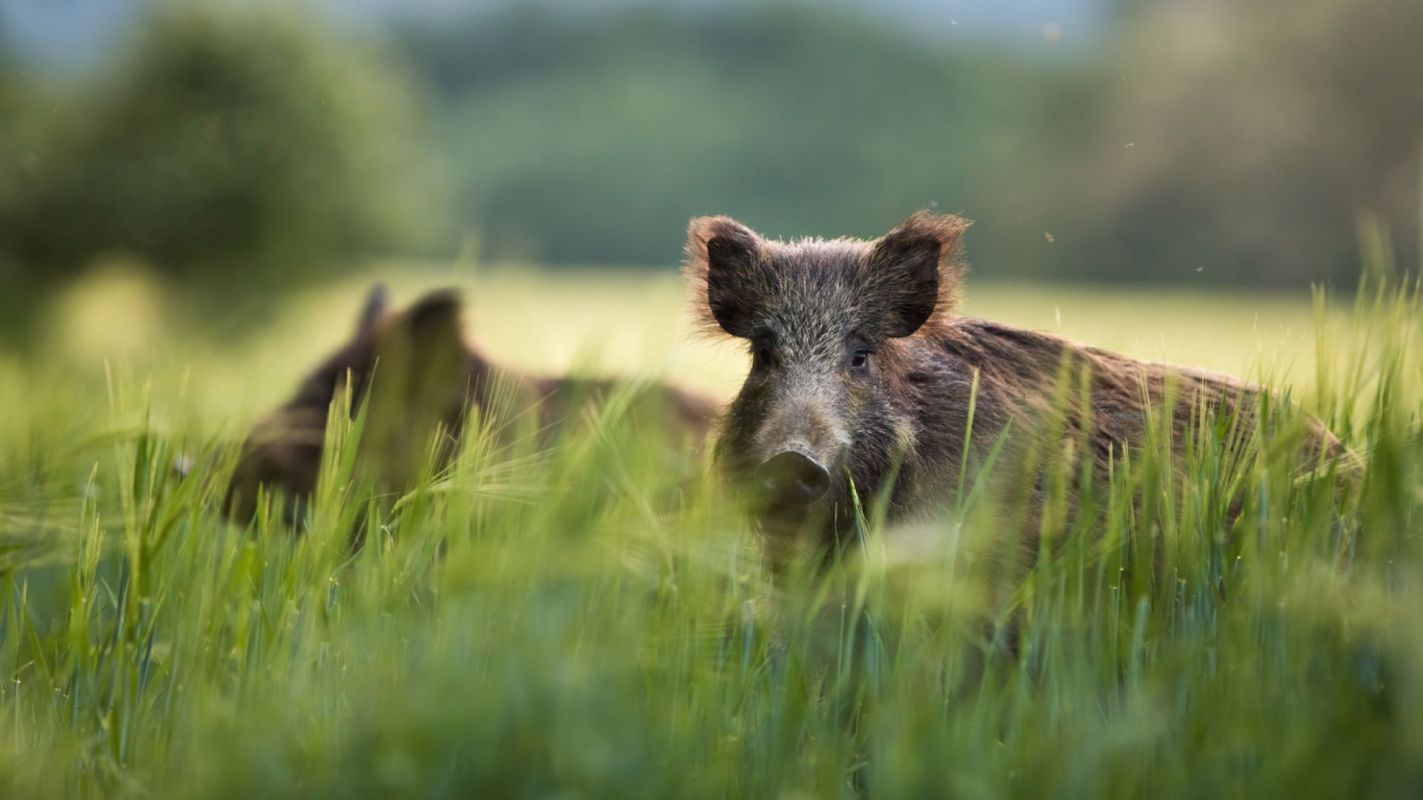Wild pigs are wreaking havoc on farmlands across the southeastern United States, but scientists from the University of Georgia recently confirmed that trapping efforts have a profound effect and can save billions of dollars.
Though most people are familiar with the Wilbur-esque domestic pig, feral swine were first introduced to the U.S. in the 1500s as a food source and later combined with wild boars introduced in the 1900s for sport hunting, per the U.S. Department of Agriculture.
The hybridized wild pigs (feral domestic pigs mixed with purebred Eurasian boars) have soared in numbers and now roam across at least 35 states — but they do more than just roam. By the late 1980s and early 1990s, these feral swine were causing extensive damage to crops, according to the University of Georgia.
The feral pigs can spread diseases and destroy habitats for native wildlife when they dig up roots and soil with their snouts. The pigs also eat amphibians and other small animals, potentially affecting these populations.
In 2007 alone, wild pigs caused more than $1.5 billion in property and crop damage, according to a new study from the University of Georgia's Savannah River Ecology Laboratory (SREL) and Warnell School of Forestry and Natural Resources.
This has brought about a number of large-scale control programs, which usually center on killing wild pigs to manage their populations.
The researchers set out to discover whether these types of control methods are effective by working with 19 mixed-forest agricultural properties in South Carolina. Over three years, they followed the implementation of a professional control program, checking on the wild pig population every six months after trapping had begun.
They found that the efforts successfully reduced the number of wild pigs by about 70% while reducing environmental rooting damage by about 99%.
This study will help conservation groups better manage this destructive and invasive species, saving native ecosystems and crops in the process.
Feral swine are just one of a slew of invasive species concerning conservationists in the U.S.
Invasive Burmese pythons slither and swim in Florida's Everglades, eating almost anything in their path. These released or escaped pets are being managed by a similar program, and contractors have killed about 9,000 of these serpents since 2017.
Across the U.S., a semi-aquatic rodent called the nutria (native to South America) threatens wetland ecosystems because of its voracious appetite. States have taken various control measures to eliminate the species. In 2015, Maryland trapped its last known nutria after a 20-year and $30 million campaign.
As far as the future of feral pig management, there are still some unknowns, according to one of the study's researchers, Jim Beasley.
"With sustained management, the population should continue to shrink over the next several years," he said. "However, what is unknown is how quickly the population will recover if management efforts cease."
While some might recoil at killing pigs as a means of management, it may be a necessary evil to maintain a healthy environment and protect our food.
"If I saw a pig on my way home today, I would swerve outta my way [so as] not to hit it. But it doesn't belong," Mike Bodenchuk, the director of Texas Wildlife Services, told Texas Monthly. "I would like to see things as natural as possible. And feral pigs don't have a place on this continent."
Join our free newsletter for cool news and cool tips that make it easy to help yourself while helping the planet.









